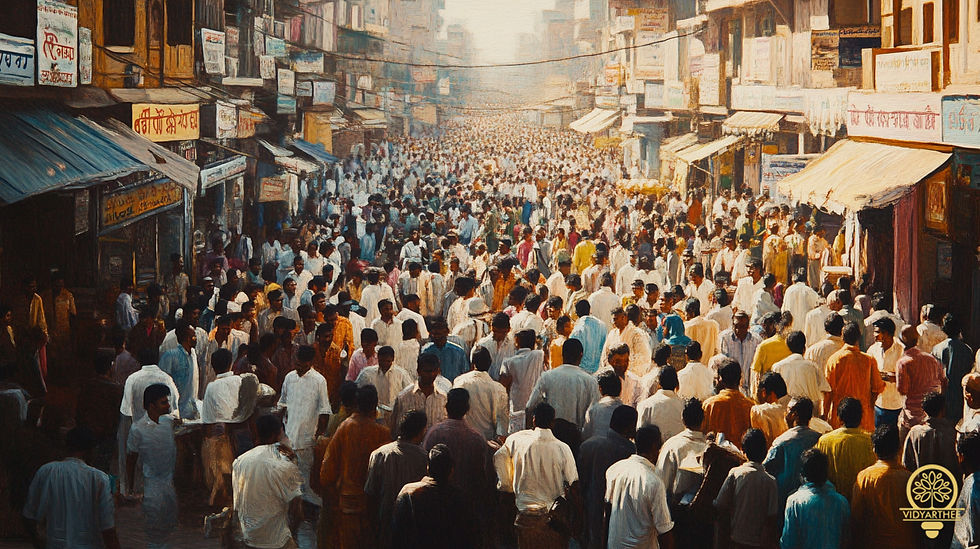Census 2027: A Digital and Inclusive Count
- vidyarthee2021
- Jun 18
- 2 min read

The Registrar General of India (RGI) under the Ministry of Home Affairs has notified that Census 2027 will be conducted under the Census Act, 1948. This will be the first-ever fully digital census and will also include caste enumeration.
Key Features of Census 2027
Two-Phase Process:
Phase I: House Listing Operations (HLO)
Phase II: Population Enumeration (PE)
Digital Census:
Will be conducted using mobile applications for data entry.
Self-enumeration portal to allow citizens to participate independently.
Caste Enumeration:
For the first time in post-independence India’s decennial census, caste-based data will be officially collected.
Administrative Framework
Registrar General & Census Commissioner of India: Conducts the Census under the legal framework of the Census Act, 1948.
Ministry of Home Affairs: Nodal ministry.
Data Use: For planning, policy-making, and targeted welfare schemes.
UPSC Relevance
GS Paper 1: Population and related issues
GS Paper 2: Governance and welfare policies
GS Paper 3: Data governance and digital infrastructure
Important for understanding social demography, digital governance, and public administration.
UPSC Prelims Statement-Based MCQ
Q. With reference to Census 2027 in India, consider the following statements:
It will be conducted in a single phase using only mobile applications.
It will include caste enumeration for the first time since independence.
The legal basis for the census is provided by the Census Act, 1948.
Which of the statements given above is/are correct?
A. 1 and 2 only
B. 2 and 3 only
C. 1 and 3 only
D. 1, 2 and 3
✅ Answer: B. 2 and 3 only
Explanation:
Statement 1 is incorrect: Census 2027 will be conducted in two phases, not one.
Statement 2 is correct: Caste data will be officially collected.
Statement 3 is correct: The Census Act, 1948 is the legal framework.
UPSC Mains Question (GS Paper 2)
Critically examine the significance and challenges of conducting a digital and caste-based census in India. How can such data reshape welfare delivery and governance mechanisms?




Comments